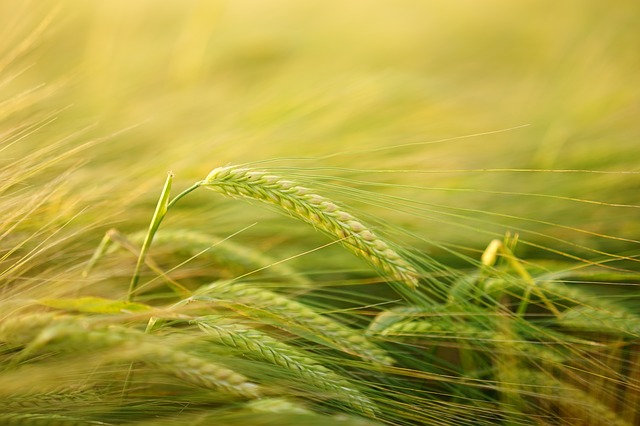 As with animals, plants respond to reduced mineral availability through decreases in growth and reproduction. Firstly, plants responds to a decrease in availability of minerals through the use of vacuolar reserves to bridge the gap in available nutrients. Leaves and other tissues can store minerals and this reserve of minerals may be used while it remains intact. After the vacuoles have been drained of nutrients, the second stage occurs, whereby growth retardation is evident. This stage is also characterised by a continued reduction in nutrient reserves as the plant becomes depleted of nutrients and its nutritional quality declines significantly. Photosynthesis rates also decline and lateral branch and leaf expansion rates decline. There is also a reduction in reproduction as nutrient reserves do not provide sufficient energy or energy cofactors to allow reproductive costs to be met. In the last stage the plant begins to die due to metabolic derangement and a reduction in the efficiency of the roots is evident.
As with animals, plants respond to reduced mineral availability through decreases in growth and reproduction. Firstly, plants responds to a decrease in availability of minerals through the use of vacuolar reserves to bridge the gap in available nutrients. Leaves and other tissues can store minerals and this reserve of minerals may be used while it remains intact. After the vacuoles have been drained of nutrients, the second stage occurs, whereby growth retardation is evident. This stage is also characterised by a continued reduction in nutrient reserves as the plant becomes depleted of nutrients and its nutritional quality declines significantly. Photosynthesis rates also decline and lateral branch and leaf expansion rates decline. There is also a reduction in reproduction as nutrient reserves do not provide sufficient energy or energy cofactors to allow reproductive costs to be met. In the last stage the plant begins to die due to metabolic derangement and a reduction in the efficiency of the roots is evident.

Plants require minerals to be present in the soil for their own growth. Poor quality minerals deficient soils produce poor quality plants which produce poor quality animals and humans when eaten.
Plants therefore require minerals in the same ways a humans and animals. These minerals are required for growth and without them the plant gradually dies. However, this process is a long one, and the plants can appear to be healthy for food preparation whilst they are going through the stages of nutrient deficiency. Like humans and animals, plants can also grow with low amounts of minerals, albeit in an unhealthy form. Consumption of these plants may provide adequate macronutrients such as starch and can still be considered a good source of energy. However, consumption of mineral deficiency plants results in the mineral deficiencies being passed onto the animals or humans consumer, and this can lead to ill health. Many farmed plants are also supplemented with nitrogen, phosphorus and potassium as these factors allow enhanced growth rates in the absence of adequate mineral status. Mineral deficient plant consumption is a real problem and has been particularly well documented in the case of selenium.
Eat Well, Stay Healthy, Protect Yourself
RdB
